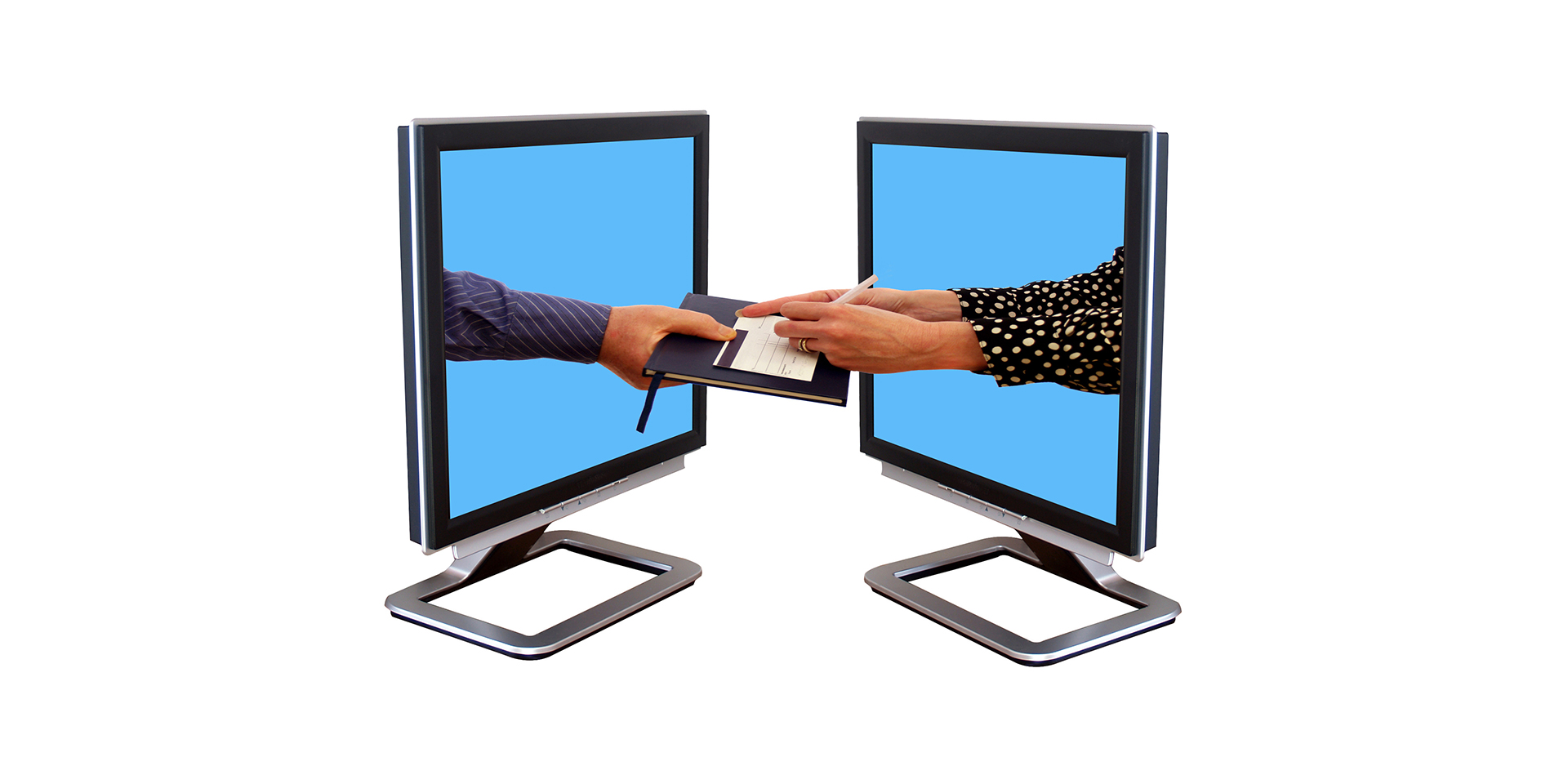
In the history of the European Union, 2013 will go down as the year in which the barriers of electronic invoicing were removed. New European Directives intend to use technology to improve business processes, with the objective of reducing costs and increasing business efficiency. As such, the European Commission wants to promote electronic invoicing and ensure widespread usage of electronic invoices by the year 2020.
A Journey Through Electronic Invoicing Legislation in the European Community
Since 2001, the European Union regulates electronic invoicing through Directive 2001/115/EC1 . Twelve years later, Directive 2010/45/EU2 – which in most member countries was implemented before January 1st, 2013 – amended the existing regulatory framework for electronic invoicing.
Council Directive 2001/115/CEwas created as a response to the need to legislatively determine how paper and electronic invoices should coexist. In addition to ordinary requirements, the Directive also established that Member States should accept invoices sent by email as long as their authenticity of origin and integrity of content was guaranteed through one of the following methods:
- An Advanced electronic signature.
- A recognized system of computerized data exchange, also called “EDI”, for its acronym in French (Échange de Données Informatisé).
Despite the initial intention of the European Commission to standardize legislation on electronic invoicing, in practice, the Directive was ambiguous and caused many problems in intra-EU transactions. Some of the contradictory statements defined in the Directive are the following:
- Member States that wanted to toughen the requirements for valid electronic invoicing via advanced electronic signatures and qualified electronic certificates, were allowed to do so.
- Member States could not impose any other obligations related to the use of electronic invoices.
- Member States were allowed to adopt and approve internal regulations to determine the validity of an electronic invoice, without the need of using any of the two recognized techniques (advanced electronic signature and EDI systems).
Among other consequences, this meant that it was difficult for companies from “flexible” States to interact with companies from more “severe” countries. After all, the first had to meet the regulations of the country of destination, to meet the requirements of the State of the latter. Even among Member States that demanded an advanced electronic invoice there were difficulties, as they were managing different security levels (through an advanced electronic signature or a qualified electronic signature).
Luckily, Directive 2010/45/EU – implemented throughout the year 2013 – partially corrects this situation of uncertainty surrounding electronic invoicing. The main differences between the two directives are the following:
- Paper and electronic invoices are equal on a legal and fiscal level.
- The authenticity of origin and integrity of content are still required in both formats, but members are not obliged to use an electronic signature or EDI exchange system. With the new Directive, other systems based on internal corporate controls are also allowed.
- The invoice recipient must accept receiving invoices in electronic format, while this is still not mandatory in the case of paper invoices.
A Critical Point of View
With Directive 2010/45/EU, the supplying company and the customer are free to choose the desired method to guarantee the authenticity of origin and integrity of the electronic invoice. After all, since 2013, a new and third option for control has gained relevance, apart from the electronic signature and EDI data exchange. This third method allows companies to use other systems based on internal controls.
However, this new option -internal business control- is a wide and ambiguous concept, because more than one type of method is allowed, such as comparing the invoice to the corresponding bank payment. A consolidated business modus operandi will only possible after a period of day-to-day implementation.
On the other hand, the fact that the requirement of acceptance by the recipient only applies to electronic invoicing and not to paper format, shows that the EU is giving time to businesses and consumers to get used to the new digital scenario.
There is no doubt that the implementation of these new invoicing process mechanisms will greatly simplify invoice generation, delivery and reception, which, in turn, will result in cost reductions. On the other hand, the problems related to safekeeping and custody caused by the electronic signature will disappear.
André Klein
Freelance Consultant for DocPath
